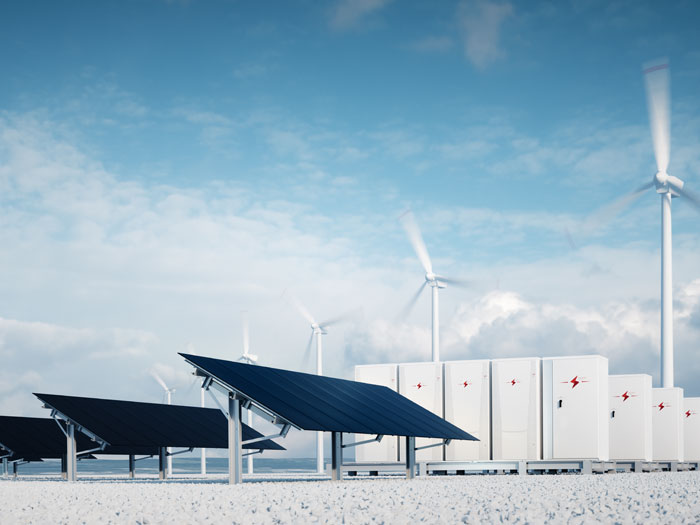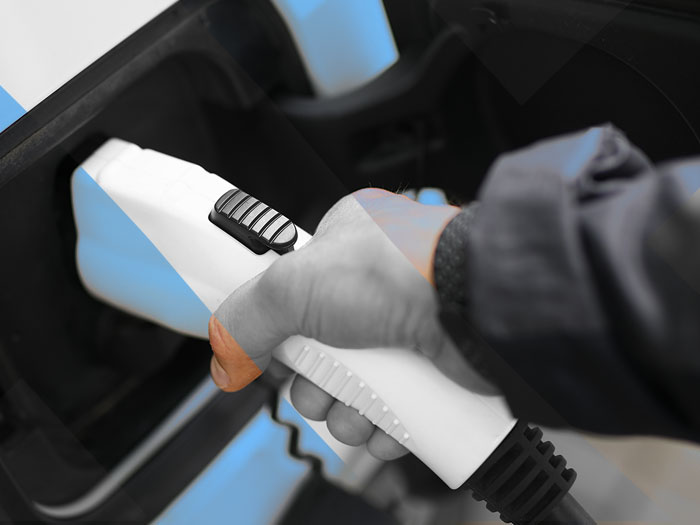Insights
better business decisions
Posted 2 years ago | 2 minute read

Government to underwrite renewables to power Australian energy market transformation
The Australian government has agreed to underwrite new wind and solar power generation complemented by batteries and long duration energy storage, in hopes of unlocking at least $10B investment to stabilise the grid as coal-fired plants retire.
Speaking on 8 December, energy minister Chris Bowen hailed the agreement as a breakthrough that will “keep the lights on” and “ensure the reliable power we need is delivered as [the energy] transition continues.”
The Capacity Investment Scheme (CIS) will provide the national framework needed to drive new renewable dispatchable capacity and ensure reliability in Australia’s rapidly changing energy market over the next decade and beyond. This new revenue underwriting mechanism will unlock around $10B of investment in clean dispatchable power to support reliability and security.
Open tenders will determine the projects to gain CIS support, which will help decrease risk for investors and spur more investment. The government will hold tenders for the capacity and agree floor and ceiling revenue for the projects. If revenue is below the floor, the government will pay the difference, and if the ceiling is exceeded, it will share in the profits.
“It is more necessary that ever in these challenging times,” Bowen said. “The 2022 winter energy crisis was a stark reminder of how vulnerable Australia’s energy market currently is to market shocks, due to the previous government’s legacy of 4GW of dispatchable power leaving the grid over the past decade, and only 1GW replacing it”.
The government will release further details on the scheme in the coming months, with a view to the first auction occurring in 2023.
GridBeyond Managing Director Mark Davis said:
“This announcement is a pivotal step forward toward a net zero Australia. While much work remains to be done to flesh out the details of this scheme, the core components outlined today make for a strong foundation that will enable the accelerated build-out of energy storage and renewables. Importantly, it should also keep costs low, as auction competition is likely to be fierce to win long-term contracts that provide stable revenue. In addition, the fact that the contracts will be able to claw back any windfall gains projects might capture from events such as those unfolding at present.”








